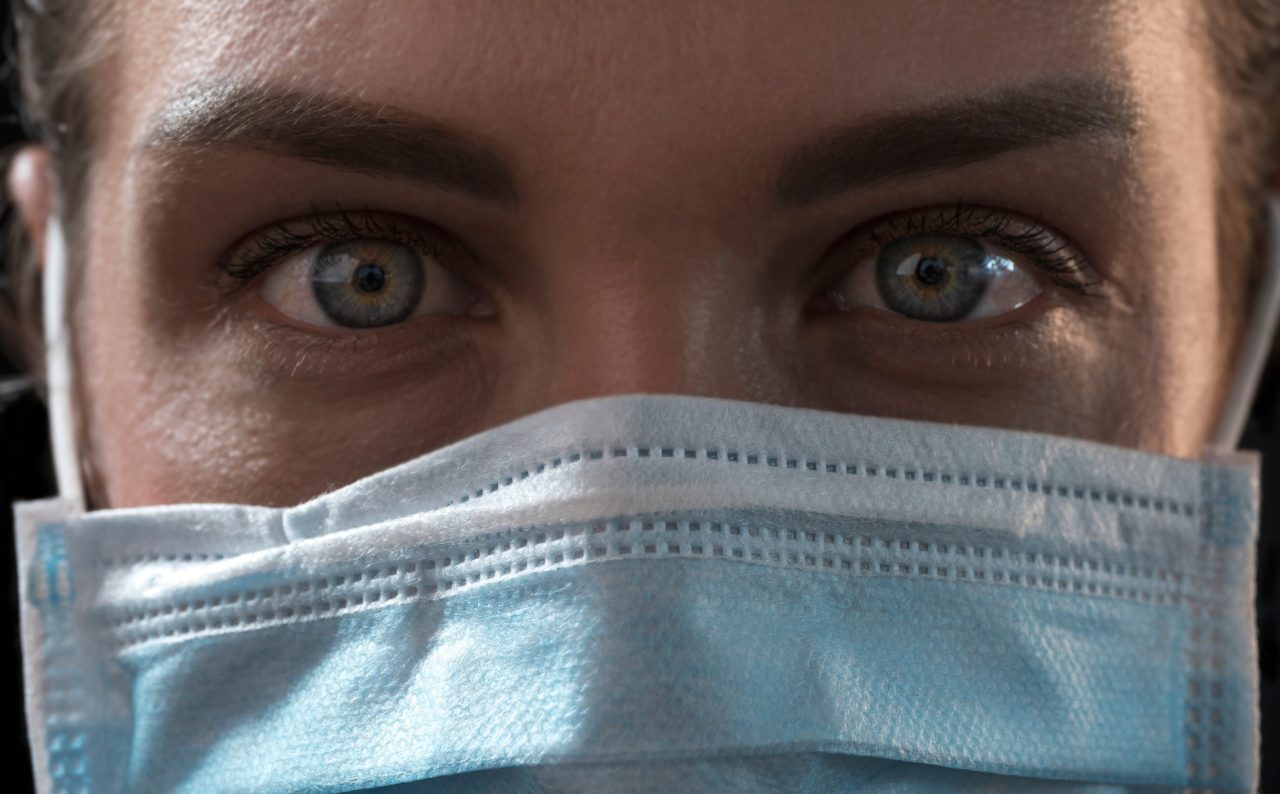

FluoroType® SARS-CoV-2/Flu/RSV
Reliable diagnostics during COVID-19 and Influenza season
SARS-CoV-2 emerged as a novel pathogen in 2019. COVID-19 (Coronavirus disease 2019) has affected countries worldwide and was categorized a pandemic by the World Health Organization (WHO) early in 2020.
With the upcoming winter and flu season, health care systems are facing additional challenges in diagnosing diseases with similar clinical symptoms caused by respiratory viruses such as Influenza or the Respiratory Syncytial Virus (RSV).
Respiratory virus detection
FluoroType® SARS-CoV-2/Flu/RSV is a CE-IVD PCR test, detecting and differentiating Influenza A, Influenza B, RSV and SARS-COV-2 directly from swabs (nasopharyngeal and oropharyngeal). The multiplex real-time PCR kit is compatible with a range of common thermocyclers.
The assay differentiates Influenza A and Influenza B from SARS-CoV-2 and RSV with dual-target detection of SARS-CoV-2. An internal control ensures maximum security covering the entire workflow from extraction to result.
With result interpretation at a glance (if used in combination with FluoroCycler® XT).
Please contact your local representative for availability in your country.
Not for sale in the USA.
Legal Manufacturer is Hain Lifescience GmbH – A Bruker Company
Or get in touch with the following local offices
Hain Lifescience GmbH - a Bruker company
Hain Lifescience Spain SL - a Bruker Company
Biocentric - a Bruker Company
Bruker UK Ltd.
